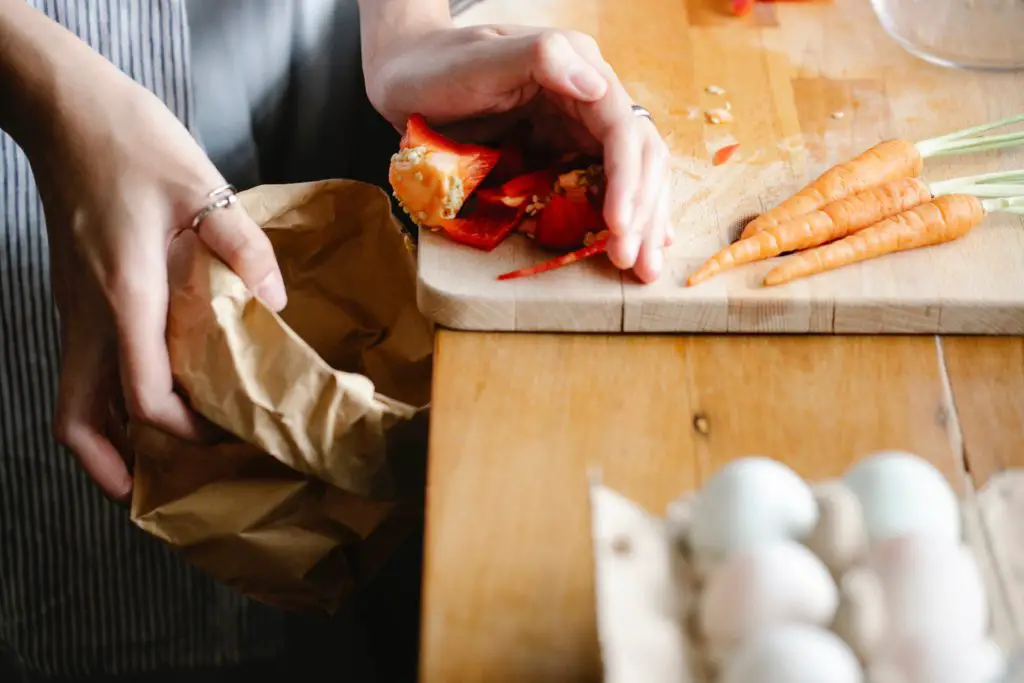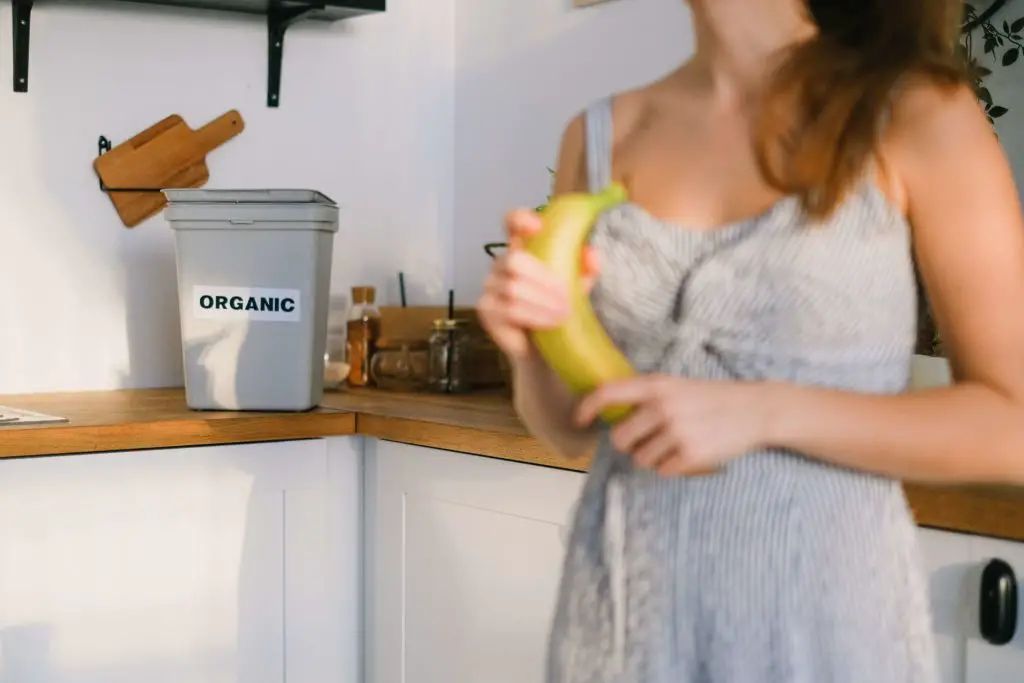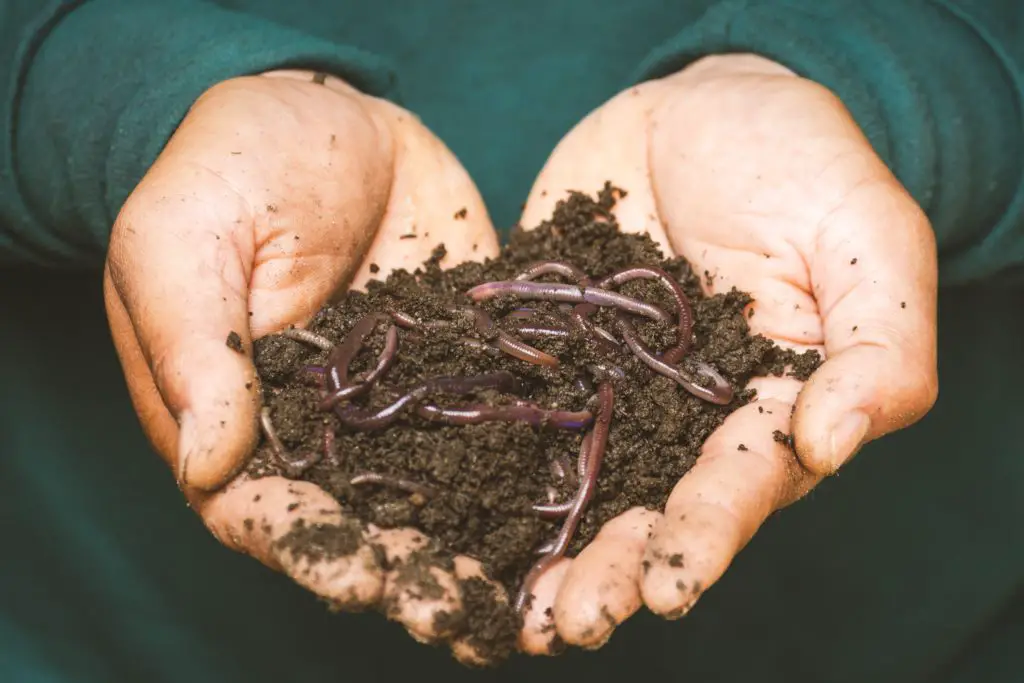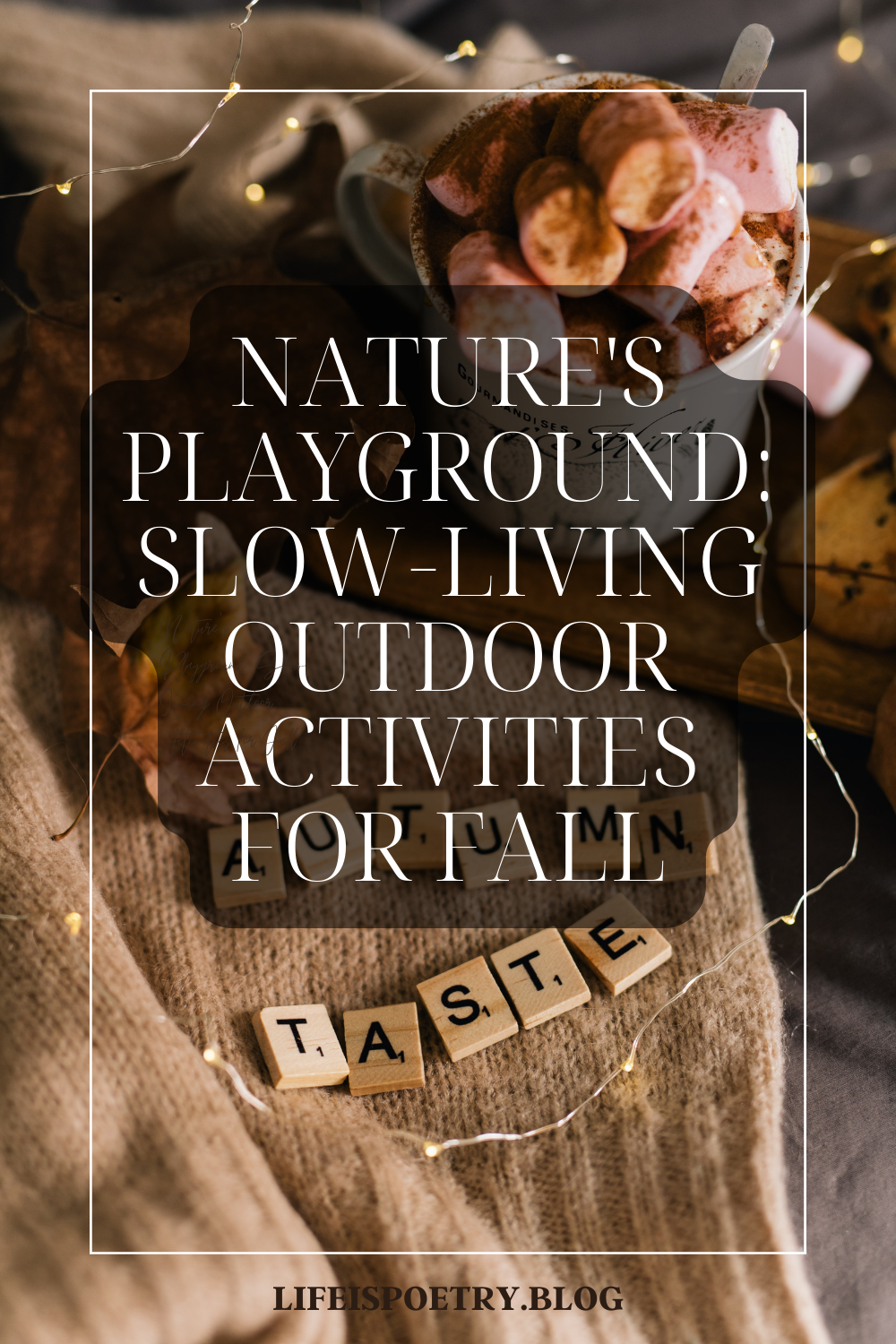Mastering the Art of Composting, No Matter Where You Live
Picture this: you’re sipping your morning coffee, basking in the slow beauty of life, when it hits you—the desire to nurture the earth and reduce your carbon footprint. Composting is the secret sauce to sustainable living, and I’m here to make it simple and easy. Not only will composting help save the planet one banana peel at a time, but it will also nourish your soul and connect you with the ancient rhythm of nature. Are you ready to transform your kitchen scraps into ‘black gold’ and unleash your inner soil sorceress? Then let’s dive headfirst into the magical world of composting.

Now, I know what you’re thinking: ‘But I don’t have a huge backyard or acres of land!’ Don’t sweat it, because composting can thrive wherever you are. Whether you have a cozy apartment balcony or a tiny patch of green, we’re going to turn your organic waste into a nutrient-rich elixir for your plants.
In this guide, we’ll explore the composting basics, choose the perfect method for your space, set up your compost system with flair, and unlock the secrets of maintaining and harvesting your precious compost. Oh, and did I mention the garden-transforming benefits? Get ready to witness the awe-inspiring power of homemade ‘gardener’s gold.’
Alright, let’s dig in—pun fully intended—and embrace the wonders of composting.
Unleash Your Inner Soil Sorceress
Now, you might be wondering, “What exactly is composting?” Well, my dear composting novices, it’s the art of transforming organic waste into nutrient-rich soil, also known as ‘black gold.’ We’re talking about giving those discarded apple cores, coffee grounds, and eggshells a second chance at greatness. It’s like taking the leftovers of a gourmet feast and turning them into a feast for your plants.
But composting is more than just a green act. It’s an invitation to slow down, connect with nature, and witness the awe-inspiring cycle of life. As you nurture your compost pile, you’ll feel the profound sense of harmony between human and earth. It’s a beautiful dance of giving and receiving, where you contribute to the planet’s well-being while reaping the rewards of a flourishing garden.
The best part? Composting is accessible to everyone, regardless of the size of your living space. No matter the size of your space; A bustling backyard, a cozy balcony, or even a windowsill, you can embark on this composting adventure. It’s time to let go of any preconceived notions that composting is only for green-thumbed gurus with vast plots of land. We’re breaking down barriers and bringing the magic of composting to every nook and cranny.

The Composting Essentials: What You Need
Before we dive headfirst into the composting adventure, let’s gather our supplies. Don’t worry; you won’t need a cauldron or a wizard’s wand (although a touch of magic wouldn’t hurt). Here are the essential tools you’ll need to get started on your composting journey:
The Compost Bin: Choose a container that suits your space and needs. It could be a classic compost bin, a repurposed plastic bin with ventilation holes, or even a stackable system. Remember, composting can be as creative as you are, so feel free to explore DIY options or check out local gardening stores for ready-made solutions.
Kitchen Compost Pail: This trusty companion will reside in your kitchen, collecting your food scraps until they’re ready to be transformed into compost. Opt for a lidded container with a handle for easy transport and consider a design that complements your kitchen decor. After all, even your composting bin can have a touch of style!
Carbon-Rich “Browns“: These include dried leaves, shredded newspaper, cardboard, or straw. They provide the much-needed carbon element to balance the composting process and prevent odors. Keep a stash of these browns nearby, so you can layer them with your kitchen scraps.
Nitrogen-Rich “Greens”: These are the vibrant green ingredients that add nitrogen to the compost pile. Kitchen scraps like fruit and vegetable peels, coffee grounds, and tea bags are excellent sources of nitrogen. Embrace your inner chef and think of your compost pile as a culinary masterpiece, with a variety of greens to nourish the soil.
A Pitchfork or Garden Fork: This trusty tool will be your wand in the composting world. It helps turn the pile, ensuring proper aeration and decomposition. Look for a sturdy, rust-resistant fork that can handle the task with ease.
Now that you have your composting essentials, it’s time to choose the method that suits your space and lifestyle. In the next section, we’ll explore different composting techniques, from traditional backyard piles to compact vermicomposting systems. Now let’s find the perfect fit for your composting journey.
Composting Methods: Find Your Perfect Fit
Now that you have your composting essentials, it’s time to explore different composting methods and find which one is right for you. From traditional backyard piles to compact vermicomposting systems, there’s a method that suits every space and lifestyle. Let’s dive in and discover the options:
Backyard Composting: This classic method is perfect if you have a yard or garden space. Find a spot in your backyard that receives partial sunlight and isn’t too close to your home. Start by layering your carbon-rich browns and nitrogen-rich greens in a bin or directly on the ground. Turn the pile regularly to allow oxygen flow and promote decomposition. In a few months, you’ll have rich, dark compost ready to nourish your plants and soil.
Tumbler Composting: For those who crave convenience and speed, a tumbler composting system might be your go-to choice. These cylindrical containers are designed to be rotated, which helps mix and aerate the compost. Simply add your kitchen scraps, browns, and a dash of water, then give it a spin. The tumbler design speeds up the composting process, and within a few weeks, you’ll have nutrient-rich compost ready to use.
Worm Composting (Vermicomposting): Calling all nature lovers and apartment dwellers! Vermicomposting is the way to go when space is limited. All you need is a worm bin, a cozy home for your wriggly friends. Red worms, also known as red wigglers, are the perfect partners for this method. They consume your kitchen scraps and transform them into “black gold.” Place your bin in a cool, dark corner of your home or balcony and feed your worms a balanced diet of kitchen scraps. Soon enough, you’ll be rewarded with nutrient-rich worm castings, the finest natural fertilizer.
Bokashi Composting: This method takes a slightly different approach by utilizing a fermentation process. Bokashi composting allows you to compost meat, dairy, and other traditionally “non-compostable” items. Start by adding your kitchen scraps to an airtight container, then sprinkle a special bokashi bran that kickstarts the fermentation process. Seal the container and let it sit for a few weeks. Once fermented, bury the contents in the soil or add them to your traditional compost pile, where they will continue to break down and enrich the soil.
Remember, no matter which method you choose, the key ingredients are patience and commitment. Composting is a journey, and each step you take contributes to a more sustainable world. Experiment, learn from your experiences, and adjust your process as needed. Soon enough, you’ll witness the transformative power of composting as your garden thrives and your connection with nature deepens.
In the next section, we’ll discuss essential do’s and don’ts of composting, ensuring that you have all the knowledge you need to become a composting pro.

The Do’s and Don’ts of Composting: Tips for Success
Congratulations! You’re well on your way to becoming a composting pro. As you embark on this sustainable journey, it’s important to keep in mind a few do’s and don’ts to ensure your composting experience is fruitful and enjoyable. Let’s dive into some helpful tips:
Do Layer Your Compost: Remember the magic combination of greens and browns? Layering them is the key to a well-balanced compost pile. Start with a layer of browns, like dry leaves or shredded paper, followed by a layer of greens, such as kitchen scraps or fresh grass clippings. Repeat this alternating pattern to create a healthy composting environment.
Don’t Forget to Turn: Regularly turning your compost pile helps to aerate it and speed up the decomposition process. Grab a pitchfork or a garden tool and give it a good mix every couple of weeks. This helps to distribute oxygen, moisture, and beneficial microorganisms, leading to faster and more efficient decomposition.
Do Monitor Moisture Levels: Just like Goldilocks and her porridge, your compost pile needs the right amount of moisture—not too wet, not too dry, but just right. Aim for a damp sponge consistency. If it’s too dry, add water; if it’s too wet, mix in some dry browns. Moisture helps the microorganisms thrive and break down the organic matter effectively.
Don’t Add Certain Materials: While composting is a versatile process, there are some materials that are best left out. Avoid adding meat, dairy, oily foods, or pet waste to your compost pile, as they can attract pests or create unpleasant odors. Stick to plant-based kitchen scraps, yard waste, and other organic matter that can decompose effectively.
Do Be Mindful of Pests: Composting is a feast for microorganisms, but you want to keep pests like flies or rodents at bay. To discourage unwanted visitors, bury fresh kitchen scraps under a layer of browns or cover your compost pile with a breathable material like a tarp. This helps to create a barrier and keeps your composting area tidy and pest-free.
Don’t Overdo It with Citrus and Onion Peels: While citrus and onion peels are technically compostable, they can take longer to break down and may hinder the overall balance of your compost pile. It’s best to chop them into smaller pieces or add them sparingly to avoid any potential issues.
By following these do’s and don’ts, you’ll create an optimal environment for composting success. Remember, every compost pile is unique, and it’s normal to encounter some trial and error along the way. Embrace the process, learn from your experiences, and soon enough, you’ll reap the rewards of your composting efforts.

And there you have it! By embracing the art of composting, you’re tapping into the magic of nature’s recycling system and becoming a steward of the earth.
As you continue on this composting adventure, remember that it’s not just about the rich, nutrient-dense soil you’ll be producing. It’s about contributing to a more sustainable and harmonious way of life. Your composting efforts help reduce waste, conserve resources, and close the loop in our consumption habits.
So, grab your pitchfork and keep turning that compost pile with love and enthusiasm. Embrace the joy of seeing food scraps turn into fertile soil. Share your composting knowledge with friends and family, inspiring them to join the movement towards a greener future.
And remember, composting is just one beautiful piece of the puzzle. Continue exploring other sustainable practices, from growing your own food to reducing single-use plastics, as you create a life that aligns with your values and embraces the slow-living lifestyle.
Thank you for joining me on this composting journey. Together, we can make a difference, one compost pile at a time. Let’s nourish our gardens, our communities, and our planet with the power of compost. Happy composting!




